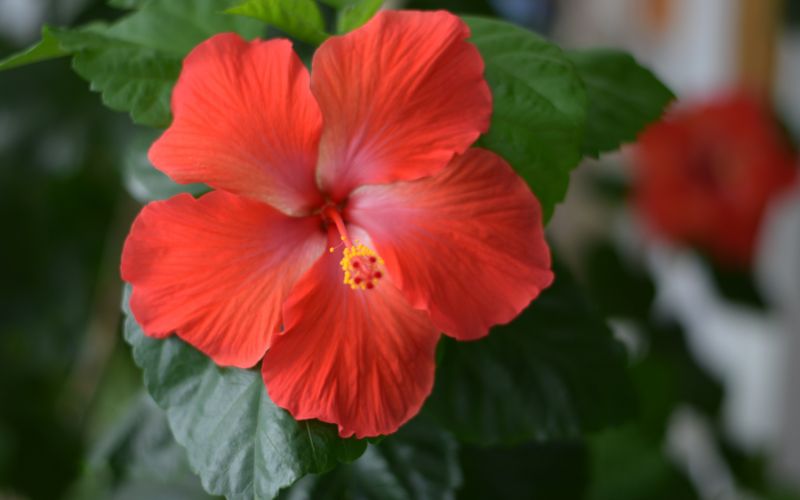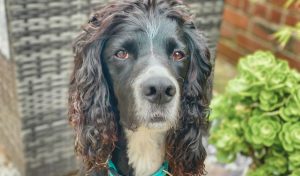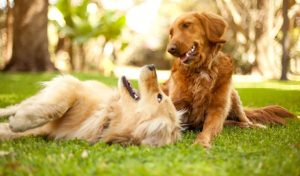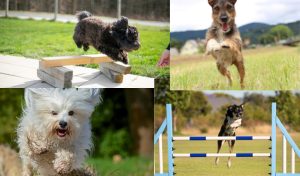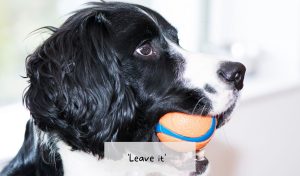Hibiscus is a flowering plant in the mallow family, which also includes okra, cotton, and hollyhock.
There are many different species of hibiscus, but the most commonly cultivated one is Hibiscus rosa-sinensis.
Hibiscuses are native to warm temperate and tropical regions around the world. In the United States, they are commonly grown as houseplants or in gardens.
Most species of Hibiscus are non toxic to dogs and cats. However, the Hibiscus rosa-syriacus, or Rose of Sharon, contains toxic compounds which, if ingested in sufficient amounts can result in diarrhea, vomiting and nausea in dogs and other pets.
Is Hibiscus a common plant?
Yes, hibiscus is a common plant that is native to warm temperate and tropical regions around the world.
In the United States, they are commonly grown as houseplants or in gardens.
What should I do if my dog eats Hibiscus?
If your dog ingests hibiscus, it is important to monitor them for signs of vomiting, diarrhea or nausea.
If your dog exhibits any of these symptoms, please contact your veterinarian immediately.
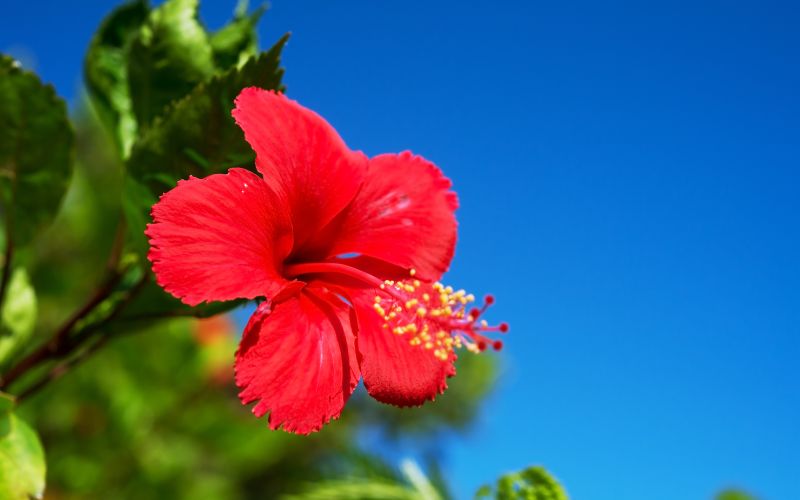
What are the symptoms of hibiscus poisoning in dogs
Symptoms of hibiscus poisoning in dogs include vomiting, diarrhea, weakness, convulsions, and collapse.
If you think your dog has eaten a hibiscus plant, call your veterinarian or emergency animal hospital immediately.
Treatment will likely involve induced vomiting and administration of activated charcoal to bind the poison in the stomach.
In severe cases, your dog may need to be hospitalized for supportive care as well.
How can I stop my dog from eating Hibiscus plants
If you grow hibiscuses in your home or garden, make sure to keep them out of your dog’s reach.
Consider planting them in a raised bed or hanging them out of reach as they are a common target for curious pups.
You can also train your dog to stay away from Hibiscus by using positive reinforcement techniques such as clicker training or treats.
You could grow your Hibiscus plants in an area that cannot be accessed by your dog or perhaps grow a different species of plant that does not present a potential risk to your dog.
Weedkillers and fertilisers
If you do garden then it is always a good idea, when you have dogs and other pets, to avoid using weedkillers and pesticides.
There is always a risk that your dog might come into contact with treated areas, either by walking on them or by eating foliage of plants, and these can be sources of potential problems for your pet.
If you do need to use these products then always follow the manufacturer’s instructions and keep your pet away from treated places until they become safe for him.
Final Words
Hibiscus plants are generally safe for dogs and other pets.
However, the Hibiscus rosa-syriacus, or Rose of Sharon, contains toxic compounds which can cause problems if ingested in large amounts.
If your dog does eat Hibiscus and displays any adverse symptoms, or you are concerned about him, then you should contact your vet immediately who will advise on the most suitable course of action.
Read Next
Why do dogs bring you their toys?
Why do dogs lick you in the morning?
Why does my dog scratch my bed sheets?
- The Ultimate Guide to Finding the Easiest Spaniel to Train: 11 Insider Tips You Can’t Ignore
- What is the Best Gun Dog Dummy Launcher? A Comprehensive Guide
- How to Socialize a Dog: A Complete Guide
- How to train a dog to understand his name
- How to train a dog to jump over an obstacle
- How to Train Your Dog to Leave It: A Step-by-Step Guide

